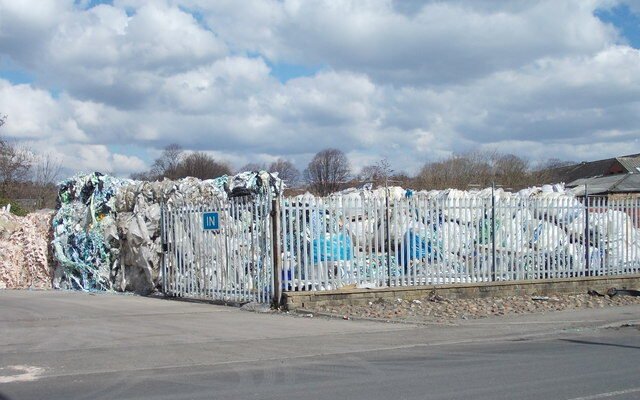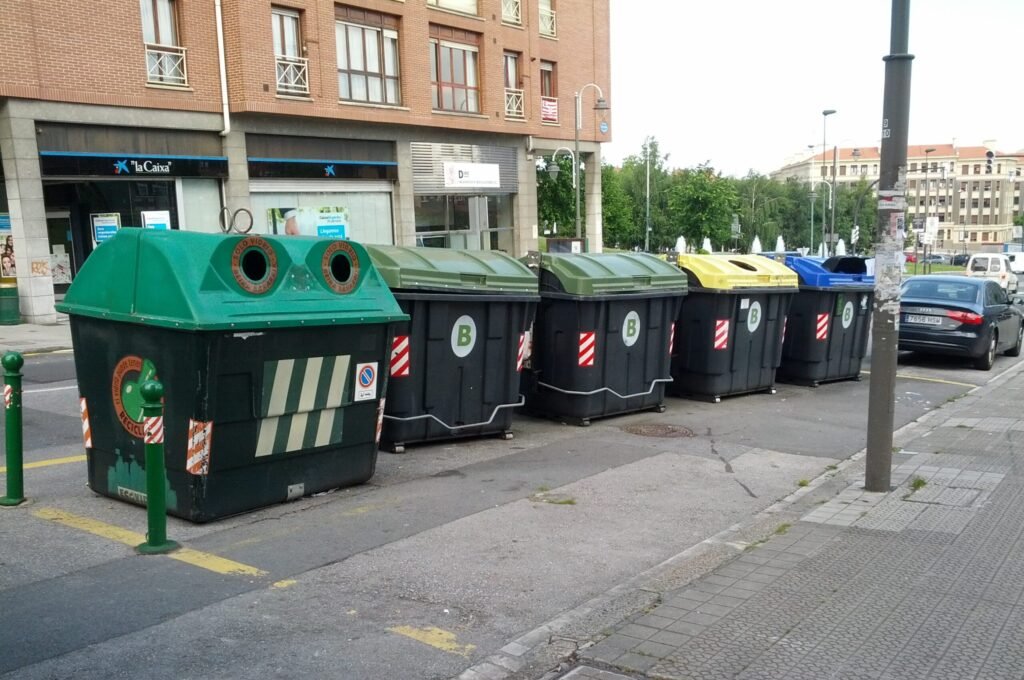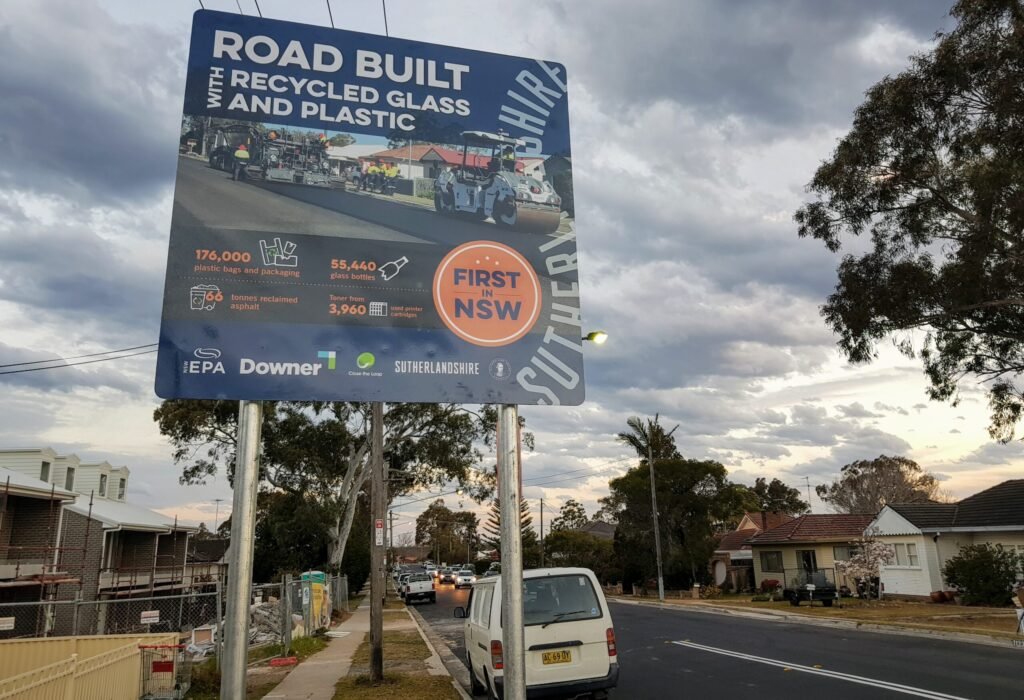Imagine driving along a road that not only takes you to your destination but also helps save the planet. Sounds like science fiction, right? Yet, this is becoming a reality in several countries around the world. The innovative idea of building roads from recycled plastic is not just a trend; it’s a transformative approach to tackling two global issues at once: waste management and infrastructure development. This unique solution is captivating the minds of environmentalists, engineers, and everyday people alike. But why are some countries turning to recycled plastic for their roadways, and what does this mean for the future?
The Growing Problem of Plastic Waste
Plastic waste has become a global environmental crisis, with millions of tons ending up in landfills and oceans every year. Traditional waste management systems are struggling to keep up with the sheer volume of plastic waste generated daily. As plastic takes hundreds of years to decompose, its accumulation poses a severe threat to wildlife and ecosystems. This dire situation has prompted many countries to seek innovative solutions to reduce plastic waste. By using recycled plastic in road construction, these nations are finding a practical and sustainable way to address the problem and reduce the burden on landfills.
Environmental Benefits of Plastic Roads
Plastic roads offer a myriad of environmental benefits that make them an attractive option for countries committed to sustainability. Firstly, they significantly reduce the amount of plastic waste that would otherwise end up polluting the environment. Moreover, these roads are often more durable and require less maintenance than traditional asphalt roads. This longevity reduces the need for frequent repairs and the associated environmental impact. Furthermore, the production process of plastic roads consumes less energy compared to conventional methods, leading to a reduction in carbon emissions. Together, these benefits make plastic roads an eco-friendly alternative that aligns with global efforts to combat climate change.
Cost-Effectiveness and Economic Impact

The economic advantages of constructing roads from recycled plastic are compelling. Traditional road materials can be expensive, and their price is subject to market fluctuations. In contrast, recycled plastic is often more cost-effective due to its abundance and lower production costs. Countries that have adopted this technology have reported savings in both initial construction and long-term maintenance. Additionally, the use of local plastic waste stimulates economic growth by creating jobs in recycling and road construction industries. This not only boosts the economy but also fosters community involvement in sustainable practices.
Innovative Engineering Solutions

The engineering behind plastic roads is nothing short of remarkable. Engineers have developed techniques to mix recycled plastic with asphalt to create a composite material that retains the strength and flexibility required for road construction. This blend is designed to withstand extreme weather conditions and heavy traffic, making it suitable for various climates and terrains. The innovation doesn’t stop there; some countries are experimenting with fully plastic roads, using specially designed interlocking tiles that can be easily replaced or recycled. These engineering marvels demonstrate the potential for plastic roads to revolutionize infrastructure development.
Real-World Examples of Plastic Roads
Countries like the Netherlands and India are leading the charge in the development of plastic roads. In the Netherlands, the city of Rotterdam unveiled the world’s first plastic bike path, made entirely from recycled plastic. This project not only showcased the durability and versatility of plastic roads but also inspired other cities to explore similar initiatives. In India, numerous states have adopted plastic roads, with over 33,000 kilometers already laid. The success of these projects highlights the feasibility and effectiveness of using recycled plastic in road construction, paving the way for broader adoption worldwide.
Challenges and Limitations
Despite their many benefits, plastic roads are not without challenges. One of the primary concerns is the potential release of microplastics into the environment as the roads wear down over time. This issue requires further research to develop methods to mitigate microplastic pollution. Additionally, the quality and consistency of recycled plastic can vary, posing challenges for engineers to create a uniform product. Regulatory hurdles and public skepticism also present obstacles to widespread adoption. Addressing these challenges will be crucial for the continued development and acceptance of plastic roads.
The Role of Government and Policy

Government support and policy play a pivotal role in the adoption of plastic roads. By implementing regulations that encourage the use of recycled materials in infrastructure projects, governments can drive demand for plastic roads. Incentives such as tax breaks and subsidies for companies involved in recycling and road construction can further stimulate innovation and investment in this field. Collaboration between public and private sectors is essential to overcoming the initial barriers and fostering a sustainable market for plastic roads.
Public Perception and Awareness
Public perception is a critical factor in the success of plastic roads. Raising awareness about the environmental and economic benefits of this innovative solution can help garner public support. Educational campaigns and community involvement in recycling initiatives can shift public opinion and promote acceptance of plastic roads. As more people become informed about the positive impact of these roads, they are more likely to advocate for their implementation and push for policy changes that support sustainable infrastructure.
The Future of Plastic Roads

The future of plastic roads is promising, with ongoing research and development aimed at improving their performance and sustainability. Advances in material science and engineering could lead to even more durable and eco-friendly road solutions. As technology continues to evolve, plastic roads may become a standard practice in construction, contributing to a more sustainable and resilient infrastructure. The potential for plastic roads to address global challenges such as waste management and climate change makes them an exciting prospect for the future.
Conclusion

The movement towards building roads out of recycled plastic is a testament to human ingenuity and the relentless pursuit of sustainable solutions. By transforming waste into a valuable resource, countries are not only addressing pressing environmental issues but also paving the way for a cleaner, greener future. While challenges remain, the benefits of plastic roads are undeniable, offering a glimpse into a world where infrastructure development and environmental stewardship go hand in hand. As more nations embrace this innovative approach, the road ahead looks promising for both people and the planet.




